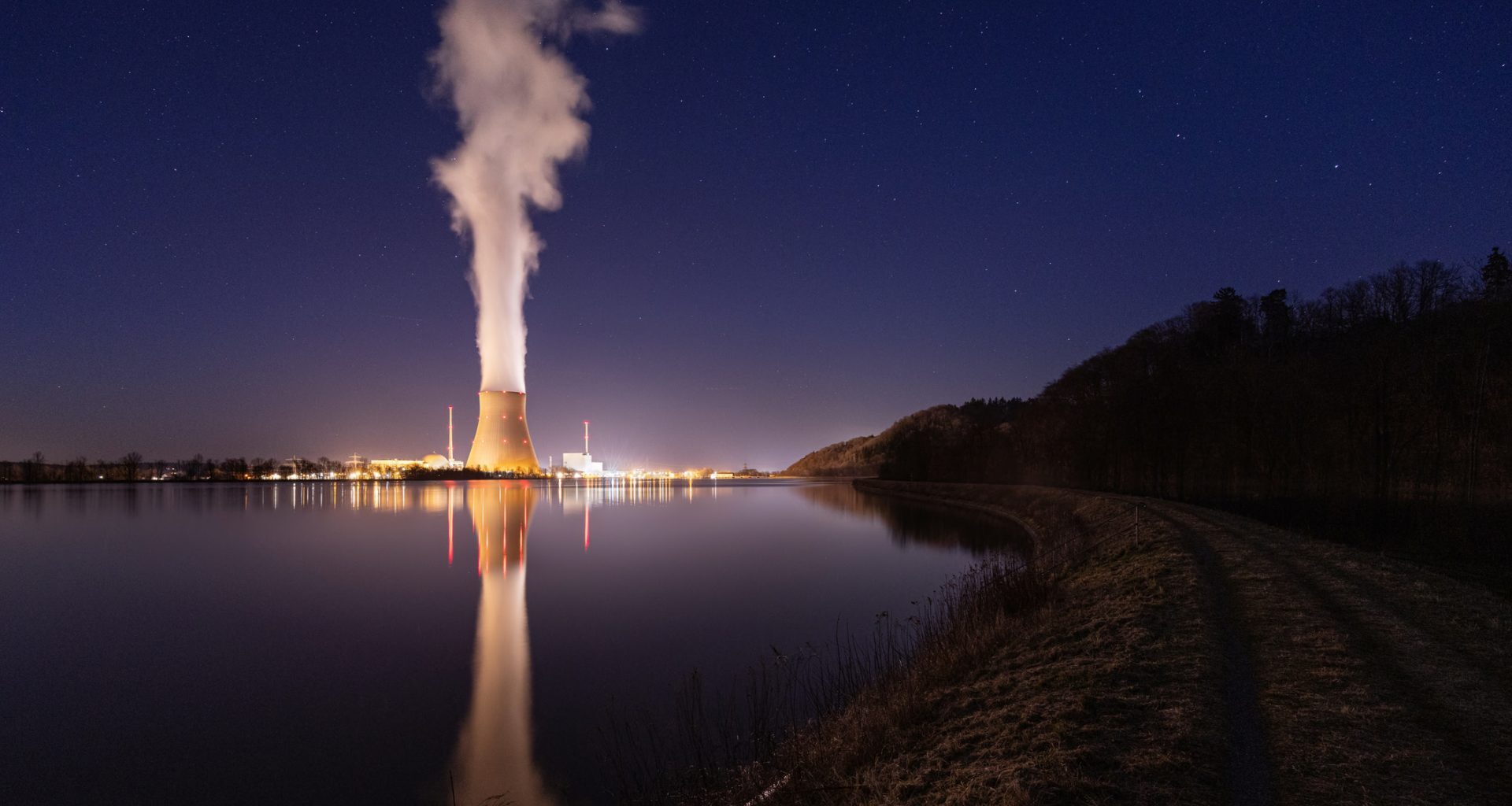Safely dealing with nuclear waste is a long-term order. That’s why experts from multiple labs are leveraging advanced computing to predict how radioactive materials will be percolating in the ground for millennia, according to MIT News.
The goal is to provide a better validation system for disposal site safety.
Nuclear power is a hot-button issue. Proponents see it as an answer to debilitating data center power demand. Microsoft is even planning to reopen a portion of Pennsylvania’s Three Mile Island, the site of a 1979 accident, to energize computing. Opponents cite long-lasting radioactive waste and meltdowns as risks that outweigh the benefits.
Even the waste itself is a subject of debate. Often characterized in popular culture as a green ooze, it is in fact stored as small ceramic pellets, according to the Department of Energy and other experts. The country produces half the volume of an Olympic-sized swimming pool a year, for reference. There are 54 nuclear plants in operation stateside, per government data.
Experts from the Massachusetts Institute of Technology, Lawrence Berkeley National Laboratory, and the University of Orléans in France have been studying deeply buried atomic matter at the Mont Terri research site in northern Switzerland to give them — and society — a better understanding of how it acts after disposal, according to the report.
“This research — coupling both computation and experiments — is important to improve our confidence in waste disposal safety assessments. With nuclear energy re-emerging as a key source for tackling climate change and ensuring energy security, it is critical to validate disposal pathways,” MIT assistant professor Haruko Wainwright said.
Want to go solar but not sure who to trust? EnergySage has your back with free and transparent quotes from fully vetted providers that can help you save as much as $10k on installation.
To get started, just answer a few questions about your home — no phone number required. Within a day or two, EnergySage will email you the best local options for your needs, and their expert advisers can help you compare quotes and pick a winner.
Mont Terri’s thick, watertight clay is considered to be a prime insulator for the waste. It’s giving scientists ample opportunity to test their analytic software, dubbed CrunchODiTi, on cement-clay barriers. The program runs on numerous high-powered computers and can account for radionuclide performance in three-dimensional space, documenting “electrostatic effects,” which is a huge benefit of the method, per MIT News.
The next stage could include machine learning, a branch of artificial intelligence, to improve the analysis. The software will be “reasonably accessible” to others, per the report.
“If the U.S. eventually decides to dispose nuclear waste in a geological repository, then these models could dictate the most appropriate materials to use,” MIT doctoral student Dauren Sarsenbayev said. “For instance, right now clay is considered an appropriate storage material, but salt formations are another potential medium that could be used. These models allow us to see the fate of radionuclides over millennia. We can use them to understand interactions at timespans that vary from months to years to many millions of years.”
Perhaps the greatest benefit of nuclear energy is that it doesn’t produce heat-trapping air pollution. Other MIT experts have warned that unbridled planet warming will lead to irreversible consequences. NASA has linked the rising mercury to increased risks for life-threatening heat waves and other extreme weather events. The hot weather is also hitting Americans’ wallets through rising power bills, per Reuters.
Community solar programs are an easy way to tap cleaner sun energy without radioactive risks.
There are different models, but in general, customers subscribe to a nearby solar farm. They earn credit on energy bills for some of the electricity the installations feed to the grid. Customers with an average power bill of $125 can save around $150 a year.
As for the MIT research, the team hopes the work provides storage safety analysis that policymakers and community members feel good about.
“This is an interdisciplinary study that includes real-world experiments,” Sarsenbayev said.
Join our free newsletter for weekly updates on the latest innovations improving our lives and shaping our future, and don’t miss this cool list of easy ways to help yourself while helping the planet.


